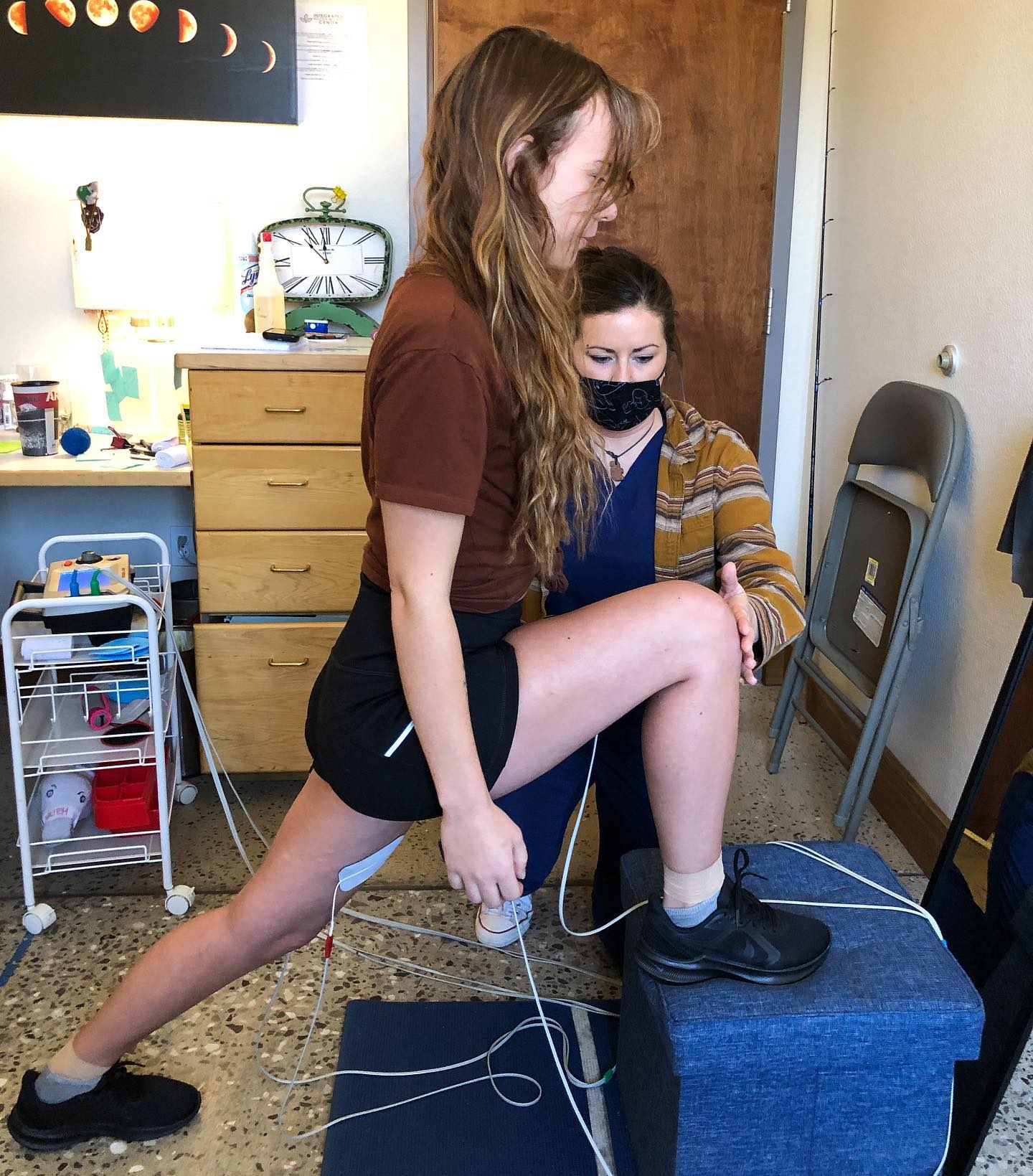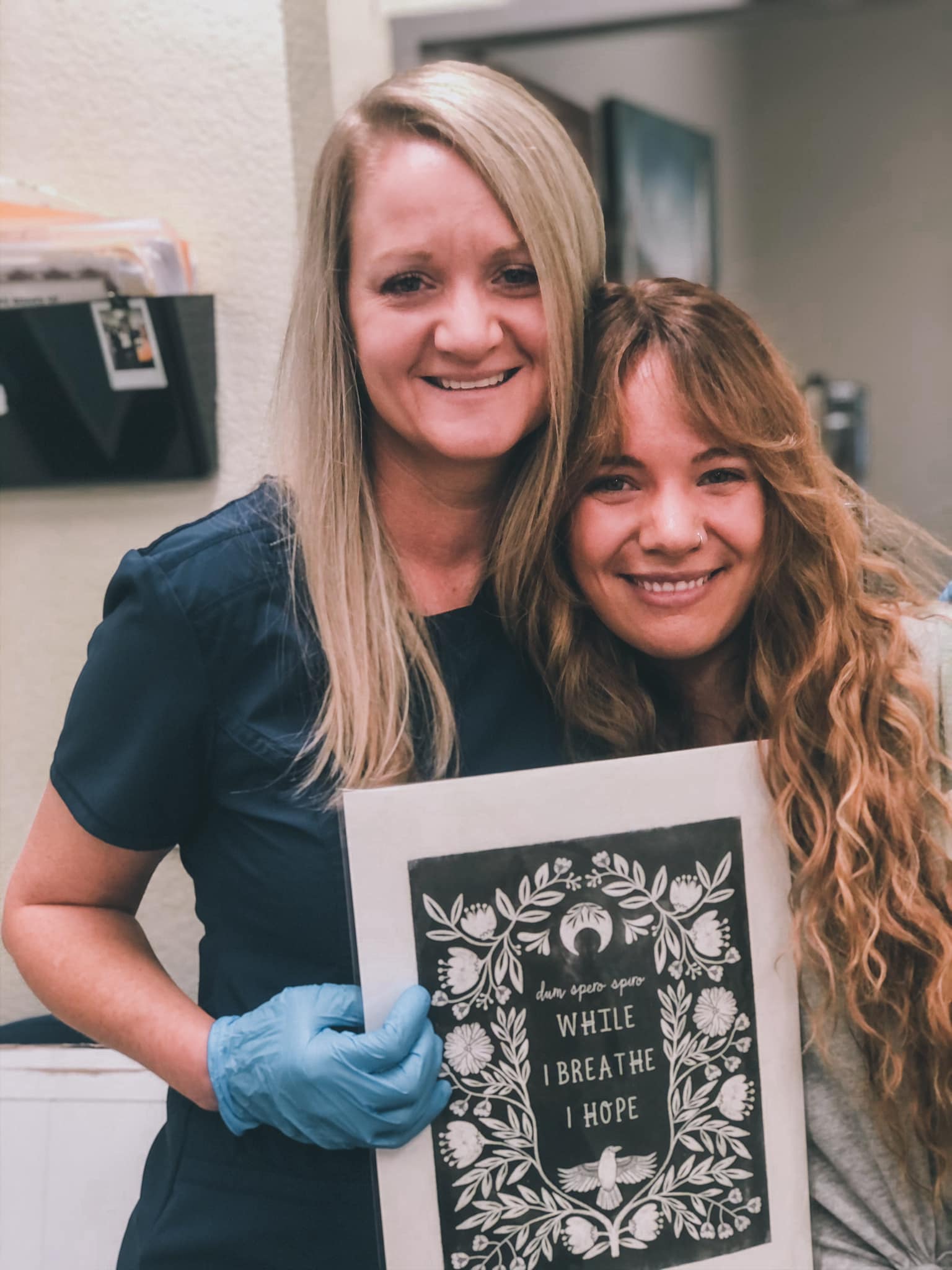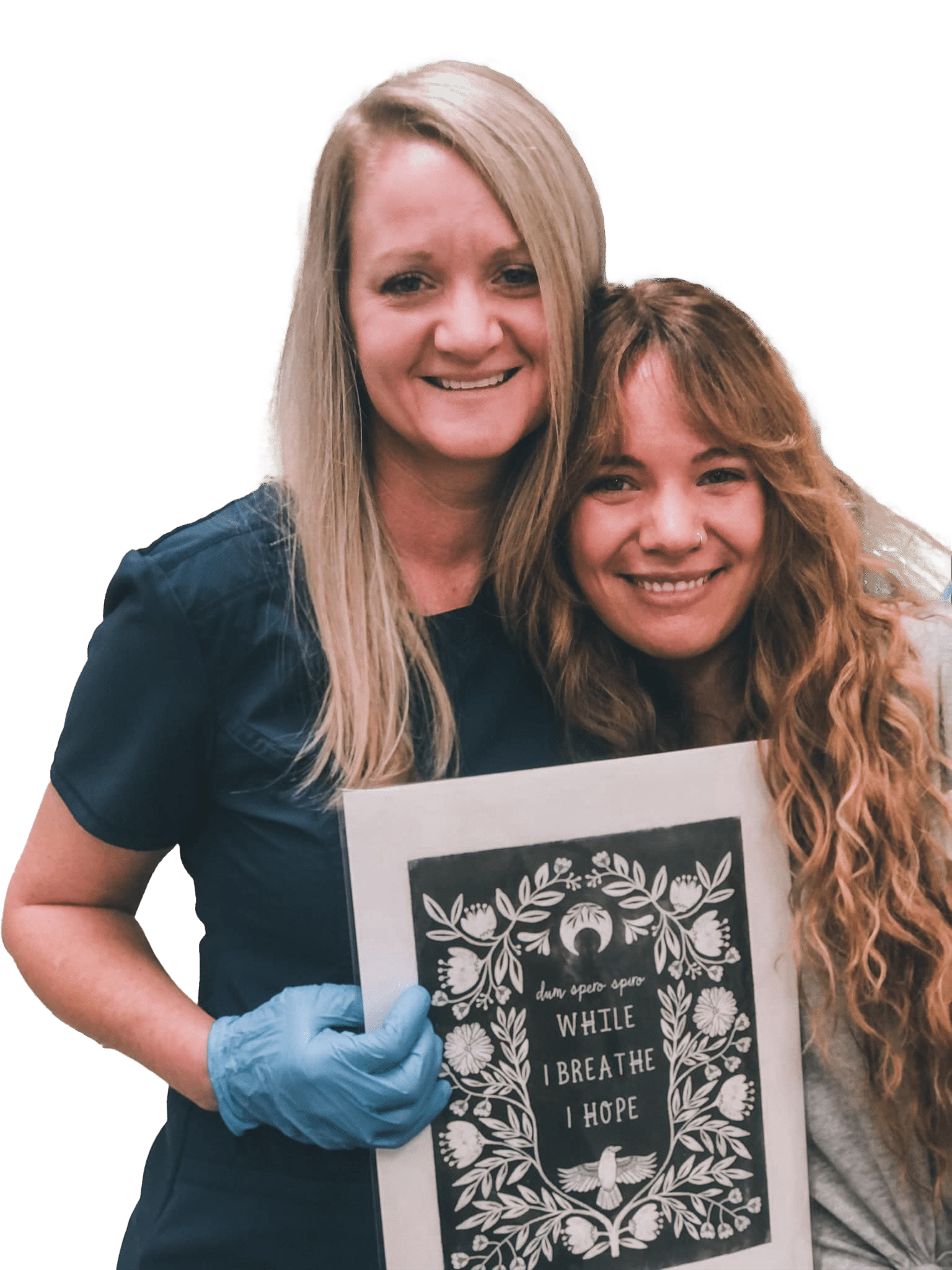I have treated almost 700 patients suffering from severe chronic pain to date. An interesting phenomenon I’ve noticed through the years is that many of my patients have suffered from sexual abuse and/or PTSD. This is led me to study the link between physical and emotional pain, as well as sexual trauma.
I want to quote Catherine Woodworth:
“Trauma permanently changes us. This is the big, scary truth about trauma.: there is no such thing as “getting over it”. The five stages of grief model marks universal stages in learning to accept loss, but the reality is in fact much bigger: a major life disruption leaves a new normal in its wake. There’s no “back to the old me”. You are different now, full stop.”

This is not a wholly negative thing. Healing from trauma can also mean finding new strength and joy. The goal of healing is not a papering over of changes in an effort to preserve or present things as normal. It is to acknowledge and wear your new life – words, wisdom, and all, with courage.
A special report published in Psychiatric Times in 2020 found that chronic pain complaints are common in patients with a primary diagnosis of PTSD, with prevalence rates estimated to be as high as 80%. Maybe the most cited model in the psychiatric field is the mutual maintenance model. This model suggests that chronic pain and PTSD maintain and exasperate one another. One potential cause for this phenomenon is something called hyperarousal. This simply means that the nervous system is in a fight or flight state, which might elevate both pain and/or PTSD. Another study performed in 2008 found an elevated prevalence of chronic pain in women who suffered from sexual trauma.

Dr Katinka: Bria, I want you to talk a little bit about your history of trauma and how you believe it played a role in developing chronic pain.
Bria: I was continually sexually abused for nine years from the age five to 14. I had a lot of health issues even before CRPS. Then at age 11, that’s when CRPS started. From my own perspective over the years, I’ve always thought that my physical pain was my body’s way of silently screaming. I guess I would say outwardly I wasn’t sharing my trauma. And I think when you keep that inside you, it has to show some way – and my body’s way of letting me know was through pain.
Dr Katinka: Bria, I want to commend you for being brave and speaking out about this. Sexual trauma in childhood is often something that we still feel is stigmatized. And we don’t talk about it. And because no one is talking about it, everyone who has suffered from this feels alone, and like this only happened to them. So, I think it is so powerful for you to be brave and stand up and say, “this happened to me and this is what my recovery looks like”.
Bria: Thank you so much. It’s been a very powerful healing tool. Since I’ve started speaking up about it, I’ve seen significant change.
Dr Katinka: Bria, how intricate was that piece of your recovery – talking about the trauma, working with a therapist, working in our clinic – how important is it to address past trauma when also healing physical pain, in your opinion?
Bria: I think it’s the highest priority. I was diagnosed with complex PTSD in 2012 and I started trauma therapy kind of right off the bat. And so, it’s been nine years of trauma therapy, a lot of different, beautiful counselors who have walked right alongside me through this pain and it’s honestly been excruciating digging up past trauma. But I think it is the very thing that has been slowly setting me free.
When I was at the Spero Clinic, just being able to address the physical injuries that occurred even outside CRPS, from scar tissue to my x-rays, it was just altogether exposing a very dark time in my life and a time that I walked very alone in. Having a group of people around you embrace you and just address those injuries in such a tangible way was so, so healing. It was incredible.

Dr Katinka: I always tell my patients that burying past trauma and thinking that you can just forget that it happened to you is like burying nuclear waste in your backyard. It is toxic, and it will find a way to be expressed in your life. If not through emotional and symptoms, then through physical pain.
Dr Katinka: Bria, how old were you when you first spoke out about what happened to you?
Bria: That was in 2012. I was 18 years old.
Dr Katinka: So, until the age of 18, you carried this big secret around, and you did not share with anyone.
Bria: Nope, I had a very severe case of disassociation, oftentimes called disassociation amnesia. This was something that did keep me safe throughout my abuse. It was also something that really kept my trauma beneath the surface for me. I have had nightmares and different, very evident signs of the abuse throughout my entire life. But 2012 was really when I let myself even address it, which sounds strange, but that was my way really of surviving through everything I had experienced when I started letting myself address it. I that’s when PTSD got severely worse and really when I started my healing journey.
Dr Katinka: Bria, as you know, I always tell patients that going through our program will be one of the most intense and difficult things they’ll ever accomplish in their life. Looking back, what was more difficult for you? The emotional healing or the physical healing?
Bria: I would say emotional healing. Absolutely. There’s something so unnatural about purposely taking yourself back into those moments of horror and facing them head-on. I know there’s a level of, for me specifically, you’re feeling like your younger self and you’re feeling all the emotions of the abuse and it takes a lot of courage to be able to purposely walk into that. And not only that, but my PTSD has been so invasive, just like CRPS – from the hyper-vigilance to the flashbacks. Any moment of the day, I can just be pulled back into my abuse in very real ways. I would say my battle with that many years was much worse than CRPS was.
Dr Katinka: Bria, what do you say to our listeners today who feel that it would be too painful or too traumatic to address that past trauma and that it would be easier to just keep it buried?
Bria: I would say that a lot of things, but I would tell them that if they don’t already know it, they are incredibly strong. I would tell them that they are so worthy of healing. They’re worthy to fight for that complete healing and a life that is waiting for them outside the claws of trauma. It’s not going to be easys. It’s tremendously difficult, tremendously painful, just sorting through those shattered pieces, but the freedom and the discovery of your true self is so worth it. There’s no price tag. And you just deserve to fight to really get back what was stolen from you. And my opinion, sorting through all of it is the very thing that will in return set you free.
If you are reading this and you have suffered from past trauma, I hope that this will help to empower you to stand up for yourself. Your health and sanity and emotional joy is absolutely worth it.
Browse our website to learn more about how our patented recovery treatment program works and the healing power of the vagus nerve and contact us today by filling out a contact form or giving our clinic a call at 479-304-8202. We’re here for you.
I want to end with a quote by Don Sarah:
“There’s no time stamp on trauma. There isn’t a formula that you can insert yourself into to get from horror to healed. Be patient, take up space, let your journey be the balm.”
To read more about Bria’s story or any of our other patients at The Spero Clinic, visit Our Stories page.



